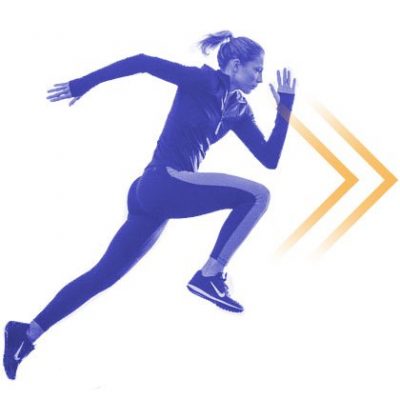Walking and Running issues
Why is running so uncomfortable?
Running isn’t known for being easy, in fact its hard and often involves pain and/or injuries of some kind. However, there are many things you can do to make running more comfortable, reduce teething pains and ensure you aren’t running into injury. Running is only meant to be uncomfortable, not painful and should involve constant progress with fitness and improving comfort. If this is not happening it is likely due to imbalances or overusing certain muscles and joints. When the body doesn’t work together effectively, some structures may take on too much shock or stress, leaving you prone to injury and often leaking energy.
Pain when running or walking?
The expected discomfort is related to muscles building endurance, strength and conditioning. However, it is easy to start off imbalanced and thus get pain when muscles get overused or over-stressed as they are pushed to do what they aren’t conditioned for. Pain can be muscles or joints being irritated or injured. Prevention, muscle balancing and stability work are key to stopping pain and prevent injuries when walking and running. Reducing your discomfort when walking / running starts with analysing your technique.
Want to build speed or endurance?
When you plateau with your speed or endurance, it can be due to energy leakage caused when muscles are inefficient at doing their job or the body compensates by using more energy than it needs to. For example, you may have run 2KM’s but your body has done 3-4km’s of work. Also if your body is skipping key structures used for propulsion and momentum, this will reduce your ability to gain speed and use endurance. To run more efficiently and give that competitive advantage, running starts with analysing your technique.
Running event coming up?
Running in an event of any distance or terrain requires dedication and preparation. Making sure you start well and cross that finish line begins with making sure your injury is low, your body is conditioned, and your muscles are loose and massaged.
TREATMENT
Treatment involves shoe advice and modifications, Joint mobilization to open up joint movement. Taping or strapping to reduce muscle tension and activate muscles and strengthening the joints. Padding or orthotics to help cushion and redistribute pressure or engage better biomechanical pathway. Ice (cryotherapy) and stone treatment for breaking down thickened tendons. Gait retraining to change how the body works and ensure it works together, and lastly manual therapy to release tight muscles, muscle stimulation, open nerve pathways, improve range-of-motion, prescribe drills and exercises or order ultrasound and x-rays.
Treatment for running injuries includes adjustments to training schedules, supplements (e.g. calcium), reducing muscle/joint/bone stress, gait retraining to offload or adjust how the structure works. Changing running terrain or orthotics.



